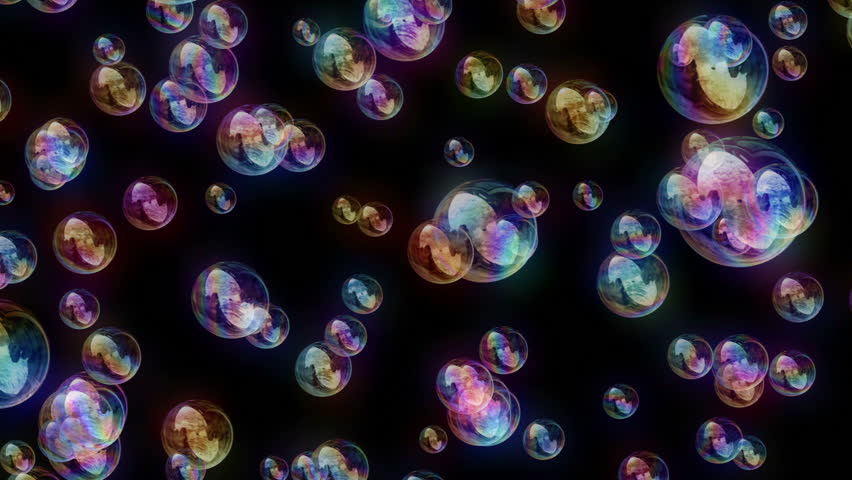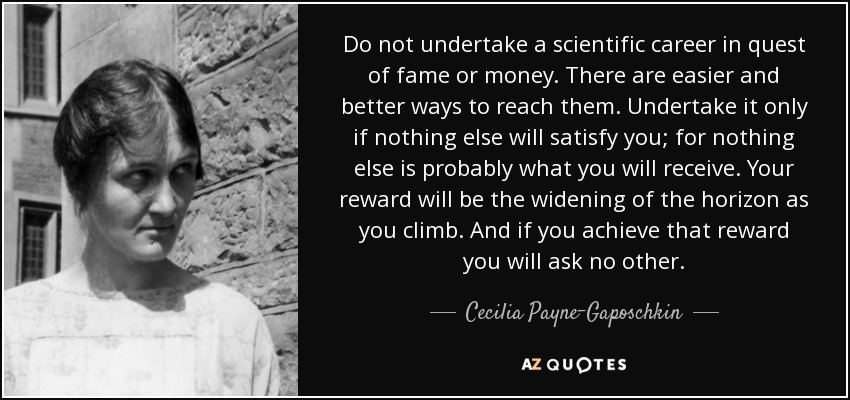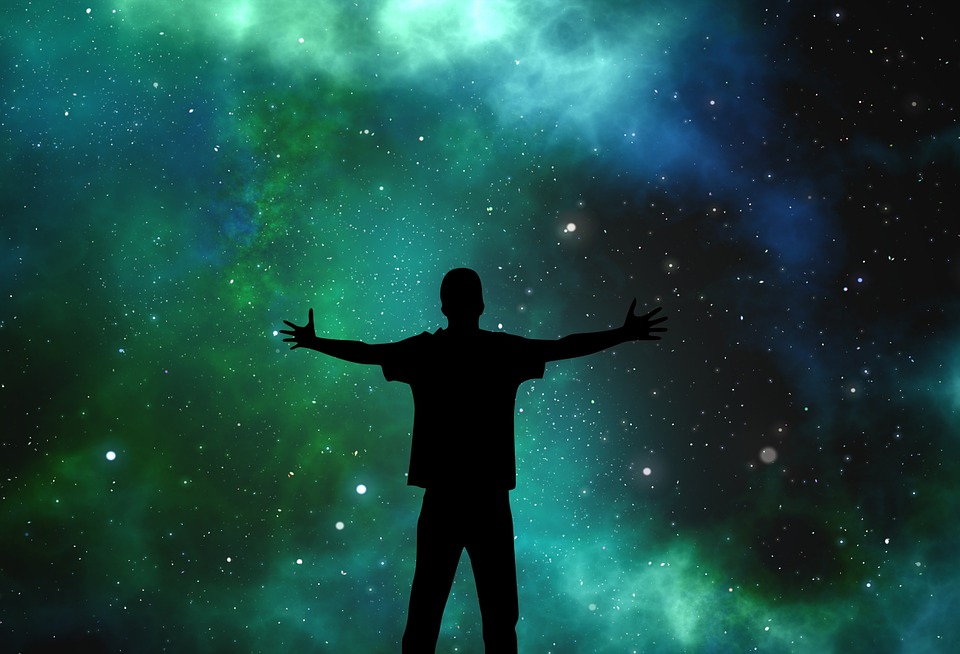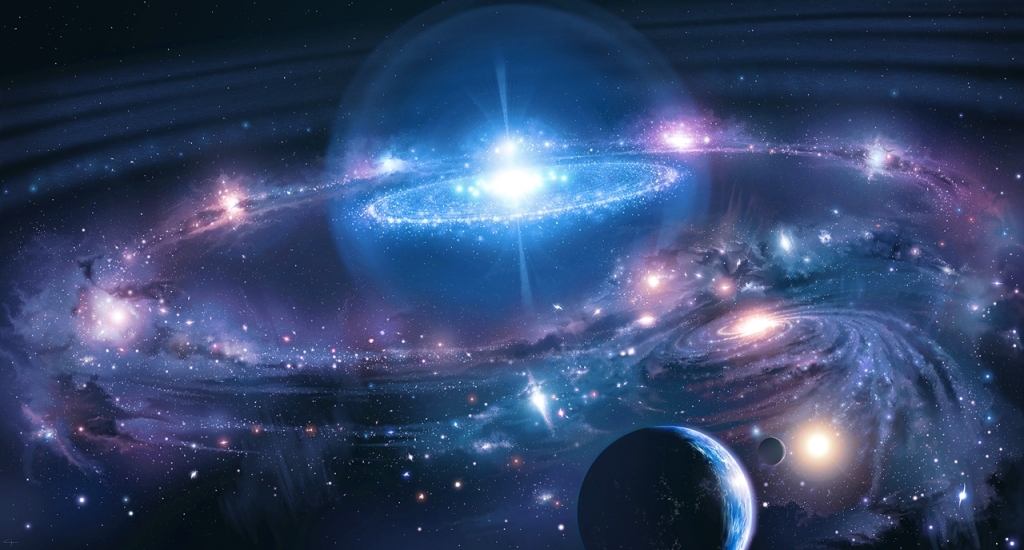electron
-

How Were Atoms Discovered?
Welcome to my fourth “Science Answers” post! If you have a question, you can ask it in the comments here, or ask it in an email. Or find me on Facebook! Q: (1) How did scientists find elements in the first place?…
-

What is the Intercloud Medium?
Stars are like headlights in a fog bank that’s impossibly thick in some places, and so thin as to be transparent in others. Sometimes, we get lucky enough for starlight to light up the fog. Other times, stars shine straight…
-

The Proton-Proton Chain
Take a wild guess: how much energy do you think the sun generates? Think about it. It definitely generates enough energy to power a world. Humans depend on the photosynthesis of plants, which converts sunlight into energy. And that’s not…
-

The Battery of the Sun
Does this image look familiar? It should — these are soap bubbles. Okay, now you’re probably going to ask me how soap bubbles have anything to do with the battery of the sun. Well…you might be surprised to know that…
-

Star Stuff & Cecilia Payne
If this quote really is from Cecilia Payne, then she had the right idea — at least for a female astronomer in the 1920s. Women in science back then faced an uphill battle to get recognized for any discoveries they…





